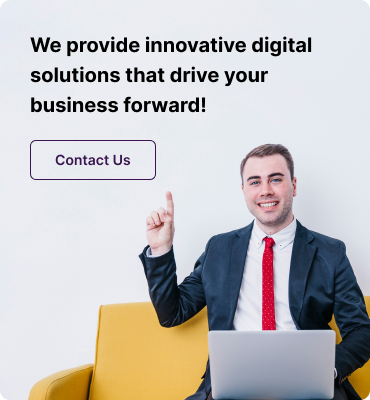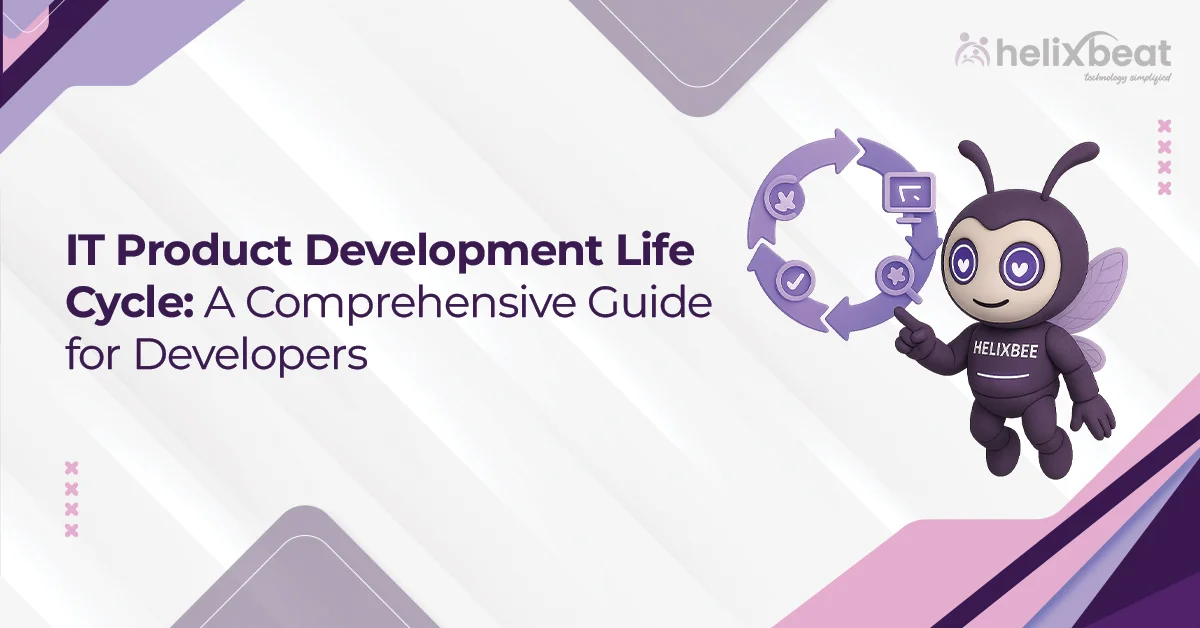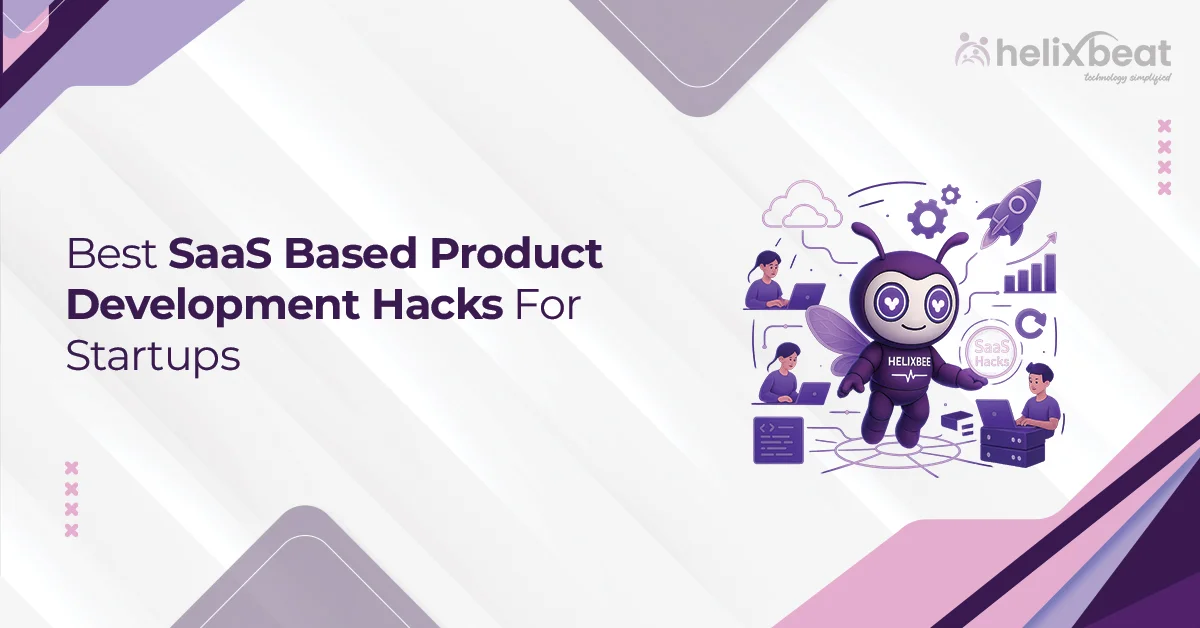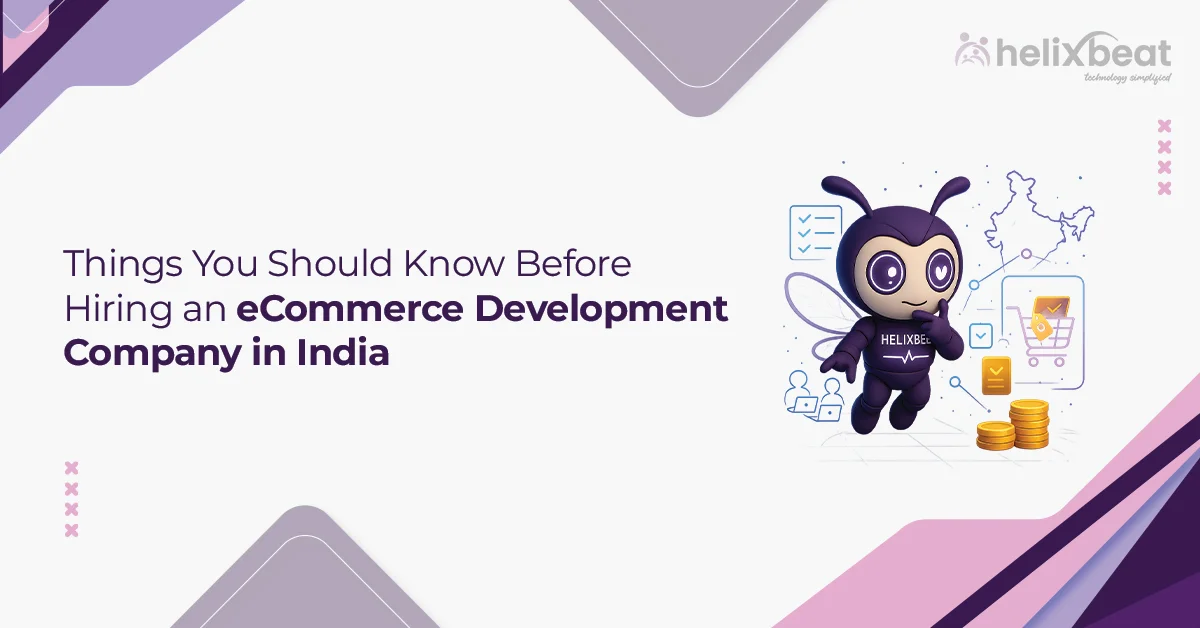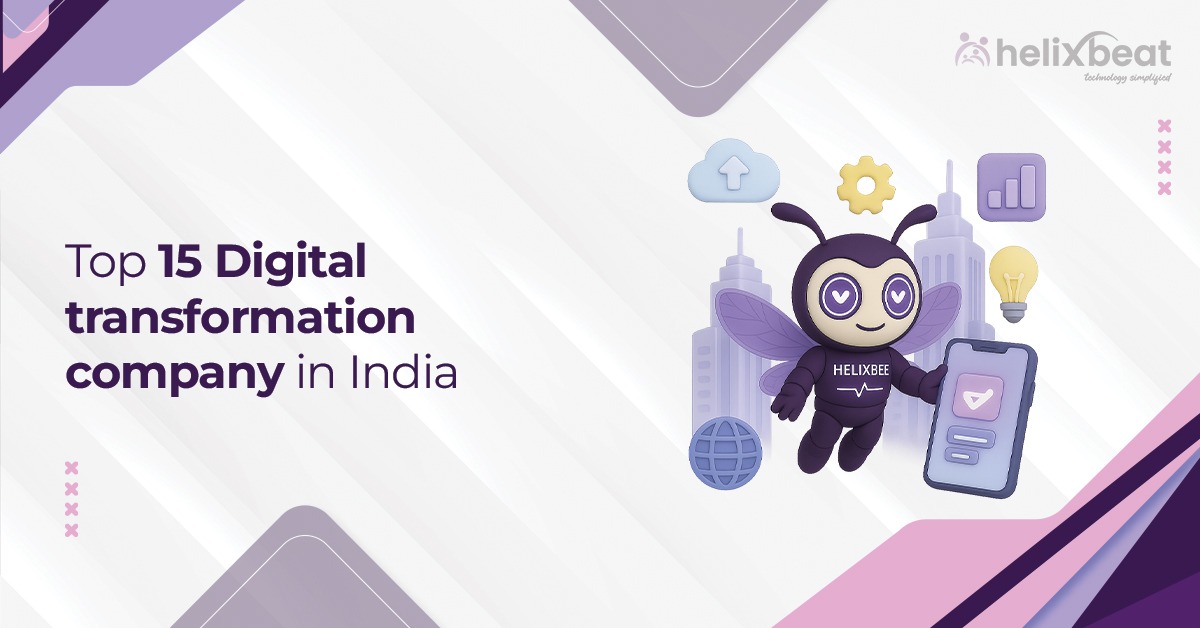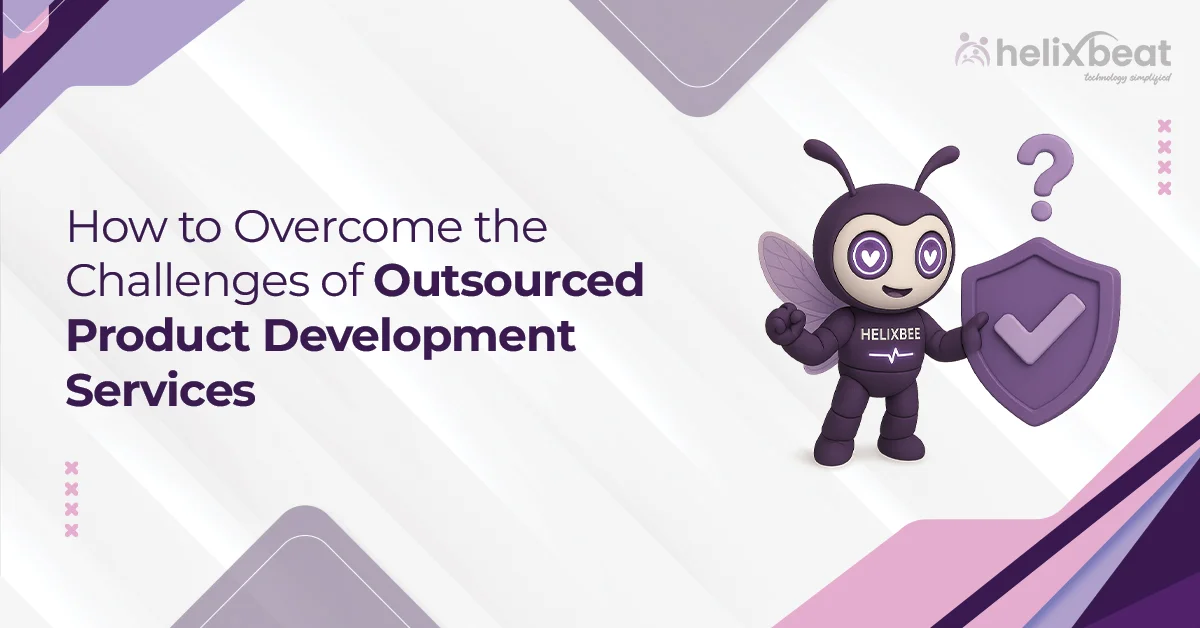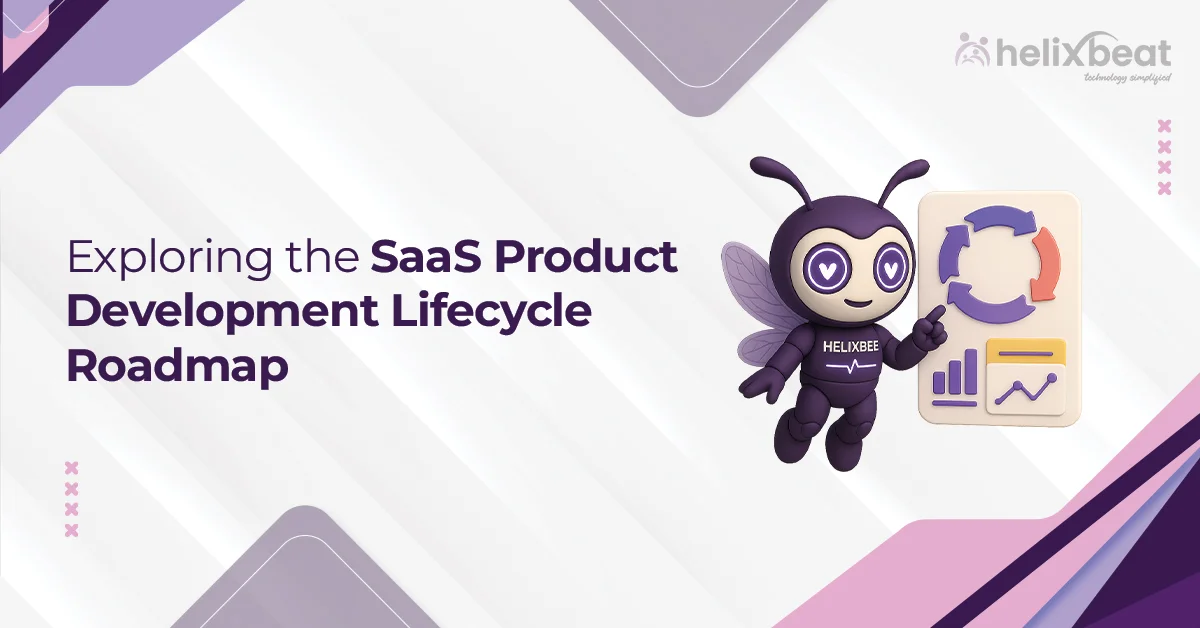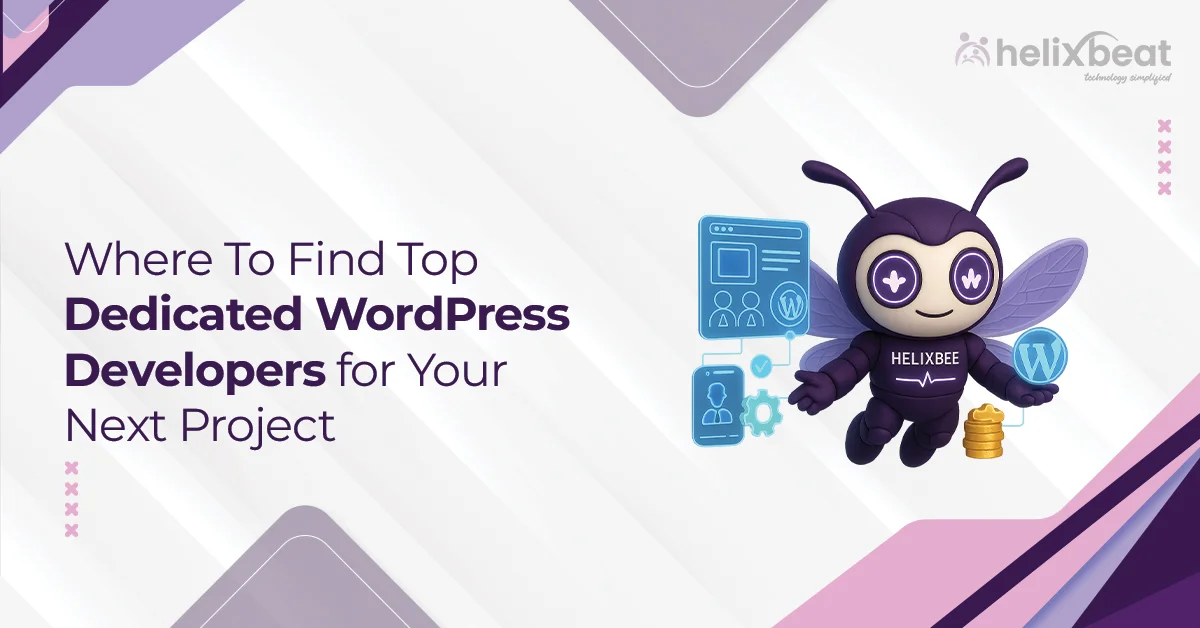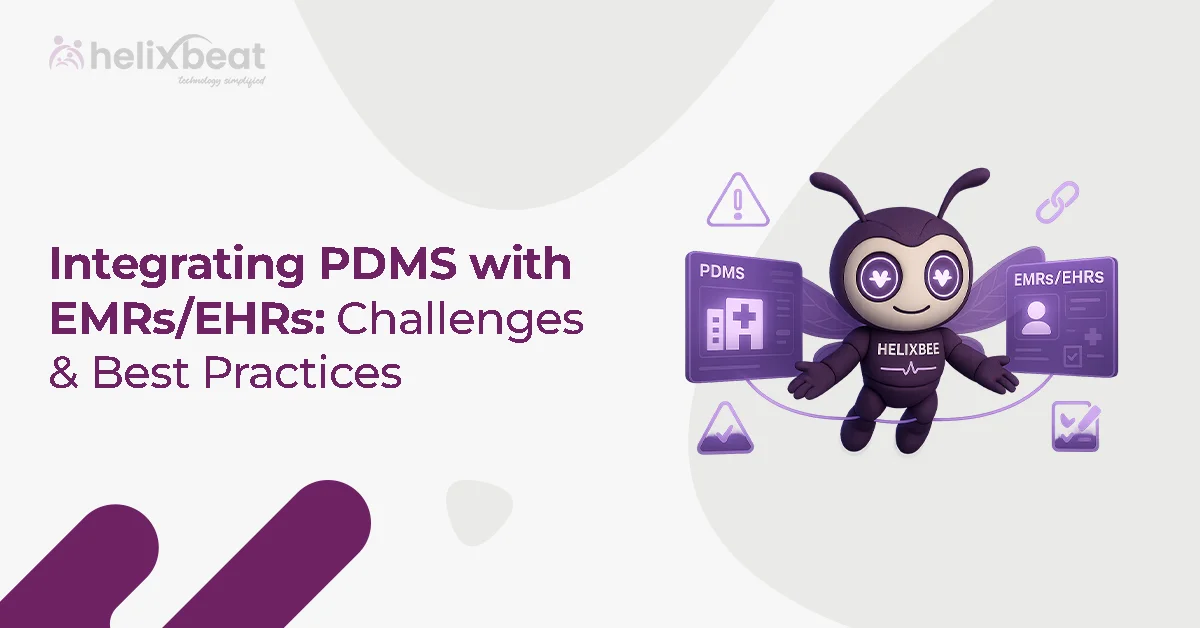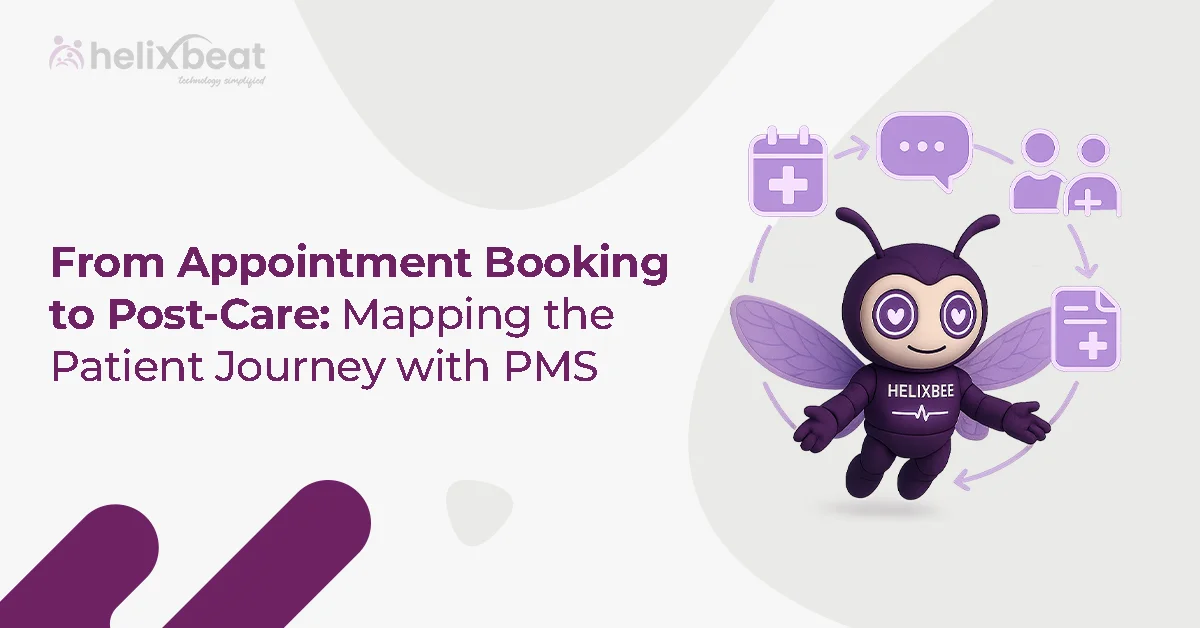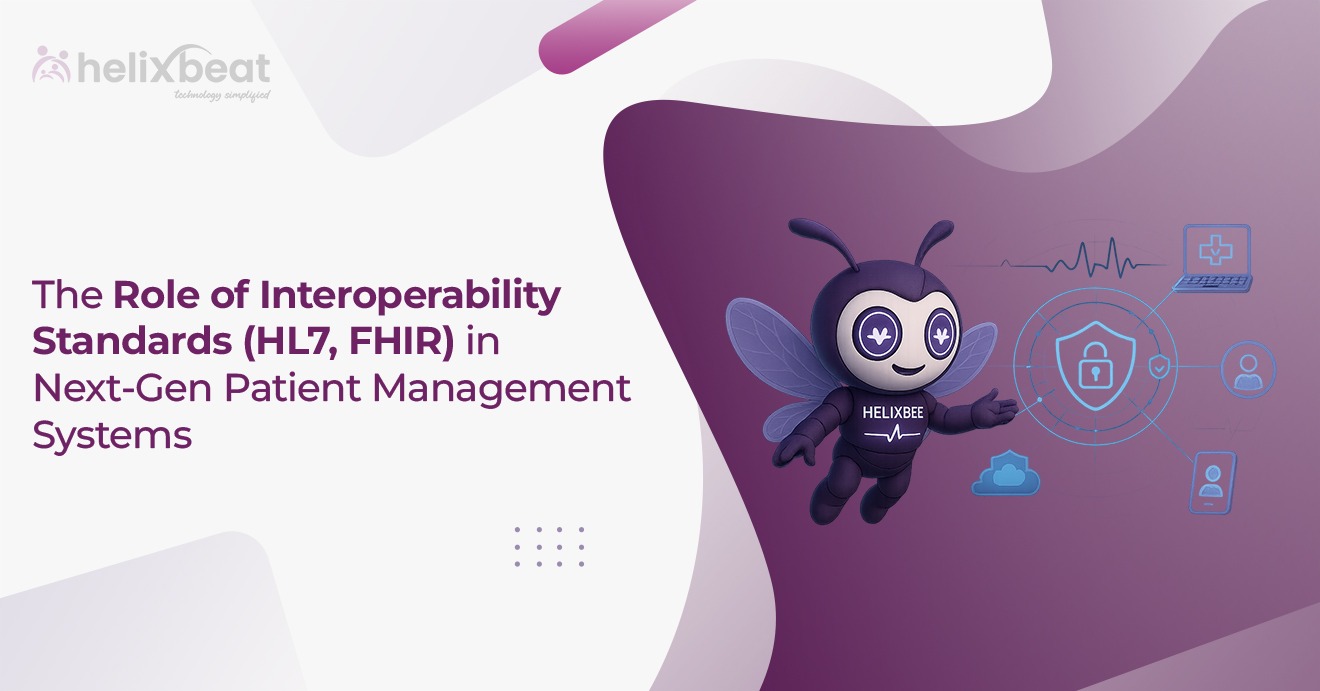Did you know that about 70% of IT projects fail due to poor planning and execution? Many developers face challenges such as missing deadlines, exceeding budget, or building a product that fails to meet market needs. In fact, over half of software projects end up costing 30% more than planned, illustrating the challenges inherent in the development process. The issue often comes from not having a clear and organized approach to the IT product development life cycle. Without a solid plan, it’s easy to run into delays, miscommunication, and errors.
However, the good news is that there’s a simple solution: by following a clear IT development life cycle and employing the right strategies, developers can avoid these issues. In this guide, we’ll explain the important stages of the product development process.

Table of Contents
What is the IT product development life cycle?
The IT product development life cycle is the process that outlines the steps involved in creating an IT product, from the initial idea all the way to its launch and maintenance. It helps developers plan, design, build, test, and improve the product in an organized way.
This cycle typically includes stages like planning, designing, coding, testing, and releasing the product, with ongoing maintenance afterward to fix any issues and add updates. Following a clear development life cycle helps ensure that the product meets users’ needs, stays on track with timelines, and is delivered within budget.
7 Stages of Product Development Life Cycle
The seven stages of the product development life cycle guide the process from the initial idea to the final product launch and ongoing maintenance, ensuring that each step is carefully planned and executed for success.
Stage 1: Idea/Conceptualization
The first stage of the IT product development life cycle is about generating and refining ideas. This phase involves identifying the problem you want to solve, understanding market needs, and defining the goals of the product. Brainstorming and gathering input from stakeholders are key at this stage. It’s crucial to ensure that the product idea aligns with both user needs and business objectives.
Key Activities:
- Conduct market research
- Analyze competitor products
- Identify customer pain points
- Define the product’s value proposition
Stage 2: Planning and Feasibility
Once the idea is solid, the next step is planning. This stage involves mapping out how the product will be built and establishing a timeline, budget, and resources needed. It also includes evaluating the feasibility of the project, both from a technical and financial perspective, to ensure that the product can be successfully developed and launched.
Key Activities:
- Define project scope
- Create a project plan and roadmap
- Identify necessary resources (staff, tools, etc.)
- Conduct a feasibility study (technical, financial, and market viability)
Stage 3: Design and Prototyping
The design and prototyping stage focuses on how the product will look and function. During this phase, designers create wireframes, mockups, and prototypes to visualize the product. Prototypes allow teams to test and iterate on the product’s design before full development begins, ensuring that the product is user-friendly and meets requirements.
Key Activities:
- Design user interfaces (UI) and user experiences (UX)
- Develop low-fidelity and high-fidelity prototypes
- Gather user feedback on design and usability
- Iterate on designs based on feedback
Stage 4: Development
The development phase is where the actual coding and building of the product take place. This is the phase where developers start translating designs and ideas into a functioning product. The development is often done in sprints, with frequent testing and iterations to ensure the product is progressing as planned.
Key Activities:
- Write and integrate code
- Develop front-end and back-end components
- Conduct unit testing
- Collaborate with designers and QA teams
Stage 5: Testing and Quality Assurance
Testing and quality assurance (QA) is a critical phase where the product is thoroughly tested for any bugs, glitches, or performance issues. Quality checks are performed to make sure the product meets the requirements and functions as expected. This phase may involve various types of testing, including functional, usability, security, and performance testing.
Key Activities:
- Perform various types of testing (unit, integration, system, UAT)
- Identify and fix bugs or issues
- Test the product’s performance under different conditions
- Ensure the product meets security and compliance standards
Stage 6: Launch and Deployment
Once the product has been tested and is ready for the market, it moves to the launch and deployment phase. This stage involves preparing the product for release, setting up servers or infrastructure, and ensuring that everything works seamlessly for end-users. Marketing and promotional efforts are also key to ensuring a successful launch.
Key Activities:
- Set up the production environment
- Deploy the product to users (via app stores, websites, etc.)
- Promote the product launch
- Monitor initial user feedback
Stage 7: Post-launch and Maintenance
The final stage of the IT product development life cycle is post-launch and maintenance. After the product is live, continuous monitoring and support are needed to ensure its long-term success. This phase involves fixing bugs that arise, updating the product with new features or improvements, and ensuring it remains relevant and secure.
Key Activities:
- Monitor product performance and user feedback
- Address bugs or issues quickly
- Provide software updates and enhancements
- Ensure ongoing product support and maintenance
Why Choose Helixbeat for Product Development?
At Helixbeat, we bring years of expertise and a proven track record in guiding businesses through every stage of the IT product development life cycle. From ideation to development, we make sure that your product is built with quality and scalability in mind. Our team uses the latest technologies and best practices to deliver solutions that meet your specific business needs and exceed user expectations.
What sets us apart is our commitment to collaboration and customer satisfaction. We work closely with you to understand your goals, adapt to feedback, and continuously improve the product throughout its lifecycle. Get in touch with us now.
FAQ
1. What is the difference between the IT product development life cycle and traditional software development?
The IT product development life cycle encompasses the entire journey of a product, from idea to post-launch support, whereas traditional software development may focus primarily on coding and deployment. The life cycle approach ensures planning, design, testing, and maintenance are integrated for better results.
2. How long does a typical IT product development life cycle take?
The duration varies depending on the product’s complexity, team size, and scope. Simple apps may take a few months, while large-scale enterprise solutions can take a year or more to develop. Proper planning and phased execution help keep the timeline manageable.
3. Can the IT product development life cycle be applied to both startups and large enterprises?
Yes. The cycle is flexible and scalable, making it suitable for both small startups looking to launch MVPs and large enterprises managing complex products with multiple teams and stakeholders.
4. How does prototyping help in the IT product development life cycle?
Prototyping allows developers and stakeholders to visualize the product early, test user interactions, and gather feedback before full-scale development. It reduces errors, saves time, and ensures the final product meets user expectations.
5. What role does post-launch maintenance play in product success?
Post-launch maintenance is essential to keep the product secure, updated, and aligned with user needs. Regular updates, bug fixes, and performance monitoring help sustain user satisfaction and ensure the product remains competitive in the market.

